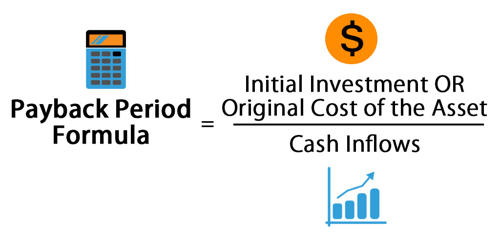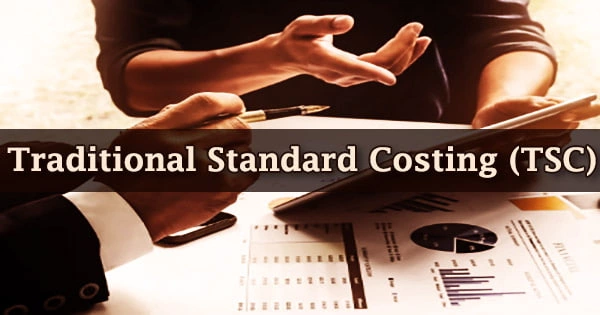Accounting employs costing, which benefits the organization and the business in the long run. It’s a part of the commerce stream. Accountants used to use this strategy and implement it depending on the product.
Accountants and bookkeepers employ a variety of techniques to manage the financial elements of firms. The difference between activity-based costing and traditional costing is the criteria that are considered when pricing overhead products.
The overhead product rate is calculated using a predetermined procedure in traditional costing. It would be preferable if you used activity-based costing to ensure proper accuracy. The activity-based costing approach, often known as ABC, was developed to address the inaccuracy issues that plagued the previous costing method. Each activity in activity-based costing has its own cost.
There are numerous aspects to consider when comparing activity-based costing to traditional costing. Because activity-based costing evolved from traditional costing accounting procedures, the two methods have some similarities. They’re both used to keep track of spending, for example.
In order to accomplish company goals and deadlines, you must first decide which costing approach to apply. Traditional costing systems are best in the following situations:
- Short timeframe: When a deadline is approaching, conventional costing can help you save time.
- Indirect costs are lower than direct costs: When production involves much more manual work than machine labor, or when a company only manufactures one product, this scenario can emerge.
- External reporting: Outside sources may just want broad cost estimates rather than the thorough accounting that activity-based costing requires.
- Activity-based costing may be best suited for the following situations:
- Accuracy is key: When accuracy is critical, activity-based costing is preferred because it considers a wider range of expenditures, including management, facility, and administrative costs.
- Indirect costs are higher than direct costs: This occurs in businesses that rely heavily on automated manufacturing processes rather than direct labor.
- Internal reporting: When internal reports are more detailed and comprehensive, they may be more useful to decision-makers.
Main differences between activity-based costing and traditional costing –
Traditional costing:
- The allocation of factory overhead to products based on the volume of production resources consumed is known as traditional costing.
- This approach group costs into cost pools based on facility or department. Each cost pool’s costs are diverse; they stem from a variety of different processes and are rarely caused by a single element.
- Traditional costing systems allocate expenses to items based on volume: units, direct labor input, machine hours, income, and so on.
- This method of costing assumes that all of an organization’s costs are determined by the volume of product or service produced.
- Traditional costing is concerned with estimating the cost of a single cost object, such as a single product or service unit.
- Traditional costing is simple to execute since all operations have a single cost driver and overheads are split into fixed and variable overheads.
- Overcasting and under casting of costs occur as a result of the inability to link allocation bases with cost drivers.
- Rather than being considered as a cross-functional activity, cost containment is viewed as a departmental exercise.
- Traditional costing is straightforward to comprehend, and the implementation procedure is straightforward. This method is less expensive to set up and maintain than others.
- Traditional costing is appropriate for labor-intensive businesses with low overhead.
Activity-Based Costing (ABC):
- ABC (activity-based costing) is a costing system that focuses on the actions that are performed in the production of products. It is a method of costing in which costs are traced first to activities, then to products.
- Costs are accumulated inactivity cost pools via this system. These are made to match to significant company activities or processes. Costs in each cost pool are generally caused by a single factor the cost driver by design.
- The ABC system allocates costs from activity cost pools to products, services, and other cost items using allocation bases that correspond to the cost drivers of activity costs.
- By expressly recognizing that some expenses are not caused by the number of units produced, this costing allows for non-linearity of costs within the organization.
- ABC focuses on estimating the costs of a variety of cost objects: units, batches, product lines, business processes, customers, and suppliers, to name a few.
- Because choosing a proper basis of absorption and absorbing overheads on that same basis is a sophisticated and time-consuming operation, activity-based costing is difficult to accomplish.
- Provides more precise information to assist managerial decisions due to the ability to link allocation bases with expense drivers.
- ABC enables cost management efforts to be prioritized by presenting summary costs of organizational operations.
- Learning and understanding activity-based costing is challenging, and the implementation process is even more demanding. It costs a lot of money to set up and maintain this system.
- The ABC method is well suited to capital-intensive, product-diverse businesses with a wide range of operations, varying numbers of production runs, and high overhead.
When it comes to accounting, both activity-based costing and traditional costing are beneficial. The two ways can be used depending on the type of product implementation we conduct. Traditional costing is a well-known form of cost that is simple for a company’s management to comprehend. Its application is appropriate for businesses with low overhead costs.
In the medium to huge size organizations where overheads are generally high, the utilization of activity-based costing might be liked. The issue with traditional costing is that production line upward might be a lot higher than the premise of an assignment so a little change in the volume of assets consumed triggers an enormous change in how much upward applied.
Supervisors might oppose the utilization of activity-based costing on the grounds that not just it increments how much work is needed to recognize every single upward activity yet additionally it needs expert administration costing information and experience. ABC is for the most part utilized in the assembling business since it improves the dependability of cost information, henceforth delivering almost obvious expenses and better arranging the expenses brought about by the organization during its creation cycle.
















